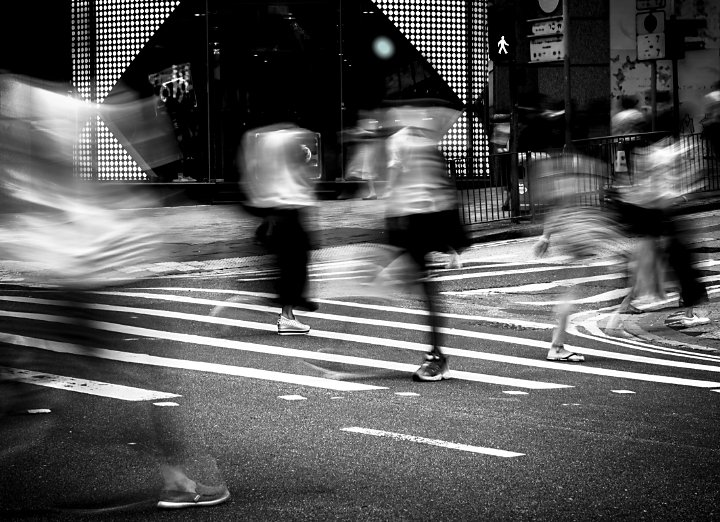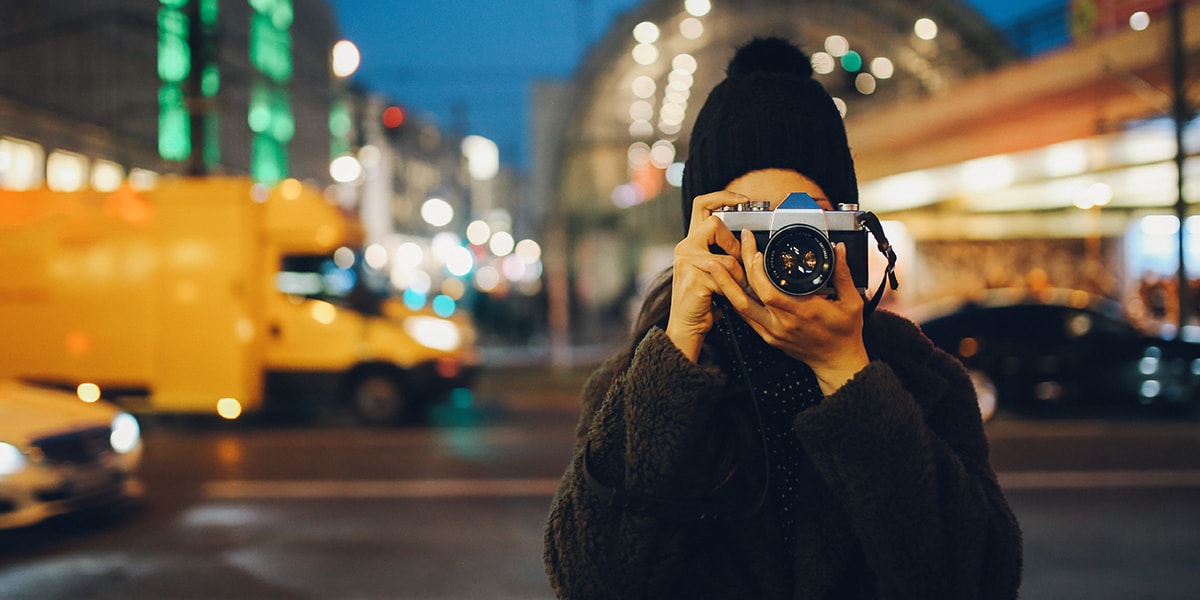Little Known Questions About Framing Streets.
Little Known Questions About Framing Streets.
Blog Article
Unknown Facts About Framing Streets
Table of ContentsFacts About Framing Streets UncoveredExamine This Report on Framing StreetsFraming Streets Fundamentals ExplainedThe smart Trick of Framing Streets That Nobody is DiscussingSome Ideas on Framing Streets You Should KnowRumored Buzz on Framing Streets
Digital photography style "Crufts Pet Show 1968" by Tony Ray-Jones Street photography (additionally sometimes called candid photography) is photography performed for art or query that features unmediated opportunity experiences and arbitrary events within public places, generally with the goal of recording photos at a decisive or poignant minute by mindful framework and timing. 
What Does Framing Streets Mean?
Susan Sontag, 1977 Road photography can concentrate on individuals and their habits in public. In this regard, the street digital photographer resembles social docudrama digital photographers or photojournalists who likewise work in public locations, yet with the aim of recording newsworthy events. Any of these photographers' pictures might capture individuals and residential property noticeable within or from public locations, which commonly involves browsing honest problems and regulations of personal privacy, protection, and home.
Depictions of everyday public life form a genre in almost every duration of globe art, starting in the pre-historic, Sumerian, Egyptian and very early Buddhist art periods. Art taking care of the life of the street, whether within views of cityscapes, or as the dominant concept, shows up in the West in the canon of the Northern Renaissance, Baroque, Rococo, of Romanticism, Realism, Impressionism and Post-Impressionism.
Framing Streets for Dummies
Louis Daguerre: "Blvd du Holy place" (1838 or 1839) In 1838 or 1839 the initial picture of figures in the road was videotaped by Louis-Jacques-Mand Daguerre in one of a set of daguerreotype views taken from his studio home window of the Boulevard du Temple in Paris. The 2nd, made at the elevation of the day, reveals an unpopulated stretch of road, while the other was taken at regarding 8:00 am, and as Beaumont Newhall reports, "The Boulevard, so frequently full of a moving throng of pedestrians and carriages was completely solitary, other than a person who was having his boots cleaned.
Consequently his boots and legs were well defined, yet he is without body or head, due to the fact that these remained in motion." Charles Ngre, waterseller Charles Ngre. https://www.mixcloud.com/framingstreets1/ was the first photographer to obtain the technical refinement needed to sign up people in motion on the street in Paris in 1851. Photographer John Thomson, a Scotsman collaborating with journalist and social lobbyist Adolphe Smith, Check This Out published Road Life in London in twelve regular monthly installations starting in February 1877
Not known Factual Statements About Framing Streets
Eugene Atget is considered a progenitor, not since he was the very first of his kind, yet as an outcome of the popularisation in the late 1920s of his record of Parisian roads by Berenice Abbott, who was motivated to undertake a comparable paperwork of New york city City. [] As the city developed, Atget helped to advertise Parisian roads as a worthwhile topic for photography.

The 8-Second Trick For Framing Streets
Martin is the very first tape-recorded photographer to do so in London with a disguised video camera. Mass-Observation was a social research organisation established in 1937 which aimed to tape everyday life in Britain and to videotape the responses of the 'man-in-the-street' to King Edward VIII's abdication in 1936 to marry separation Wallis Simpson, and the sequence of George VI. Andre Kertesz.'s extensively appreciated Images la Sauvette (1952) (the English-language edition was entitled The Definitive Minute) advertised the concept of taking a photo at what he described the "decisive moment"; "when form and material, vision and make-up combined into a transcendent whole" - Best Zoom Lens.
The Facts About Framing Streets Uncovered
, after that a teacher of young children, connected with Evans in 193839.'s 1958 publication,, was significant; raw and frequently out of emphasis, Frank's images questioned traditional photography of the time, "challenged all the formal guidelines laid down by Henri Cartier-Bresson and Pedestrian Evans" and "flew in the face of the wholesome pictorialism and heartfelt photojournalism of American magazines like LIFE and Time".
Report this page